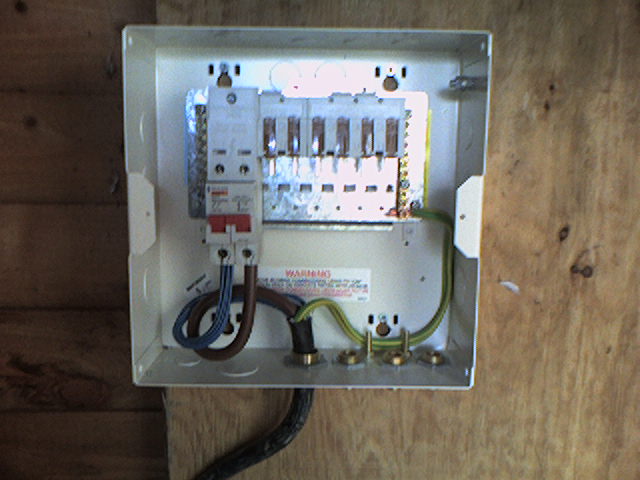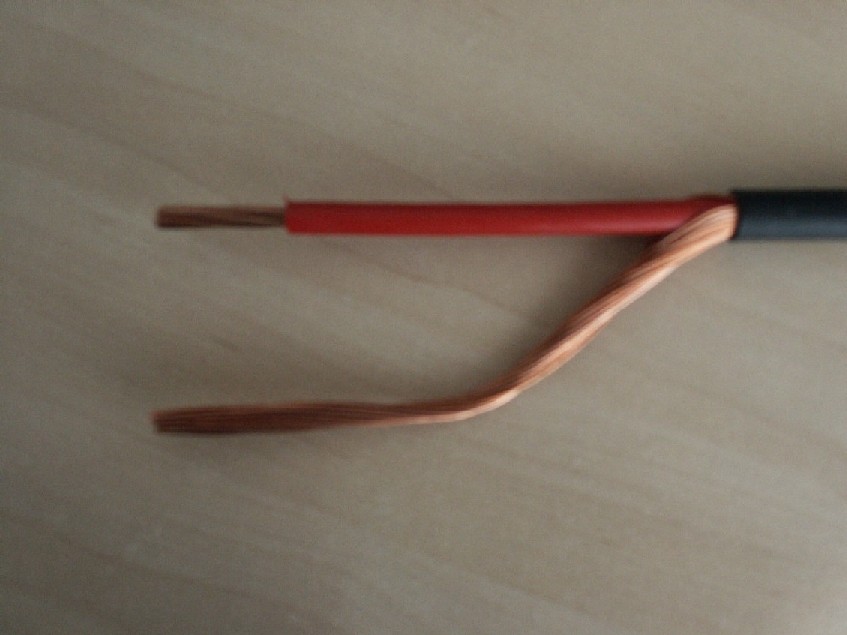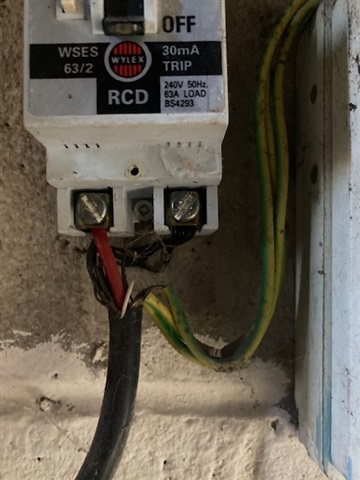Hi guys. How would you code a Concentric cable feeding a detached domestic garage. Cable is i believe a short run under a tarmac drive although i can't find the house connection ( probably behind kitchen cupboards ). There is plenty wrong with how it has been connected but specifically the use of the cable. I was thinking a C3 as i don't think it's dangerous as unlikely to be damaged in the ground because of the tarmac. Any thoughts please.
Thanks Gary




 The whole install is a mess.
The whole install is a mess.